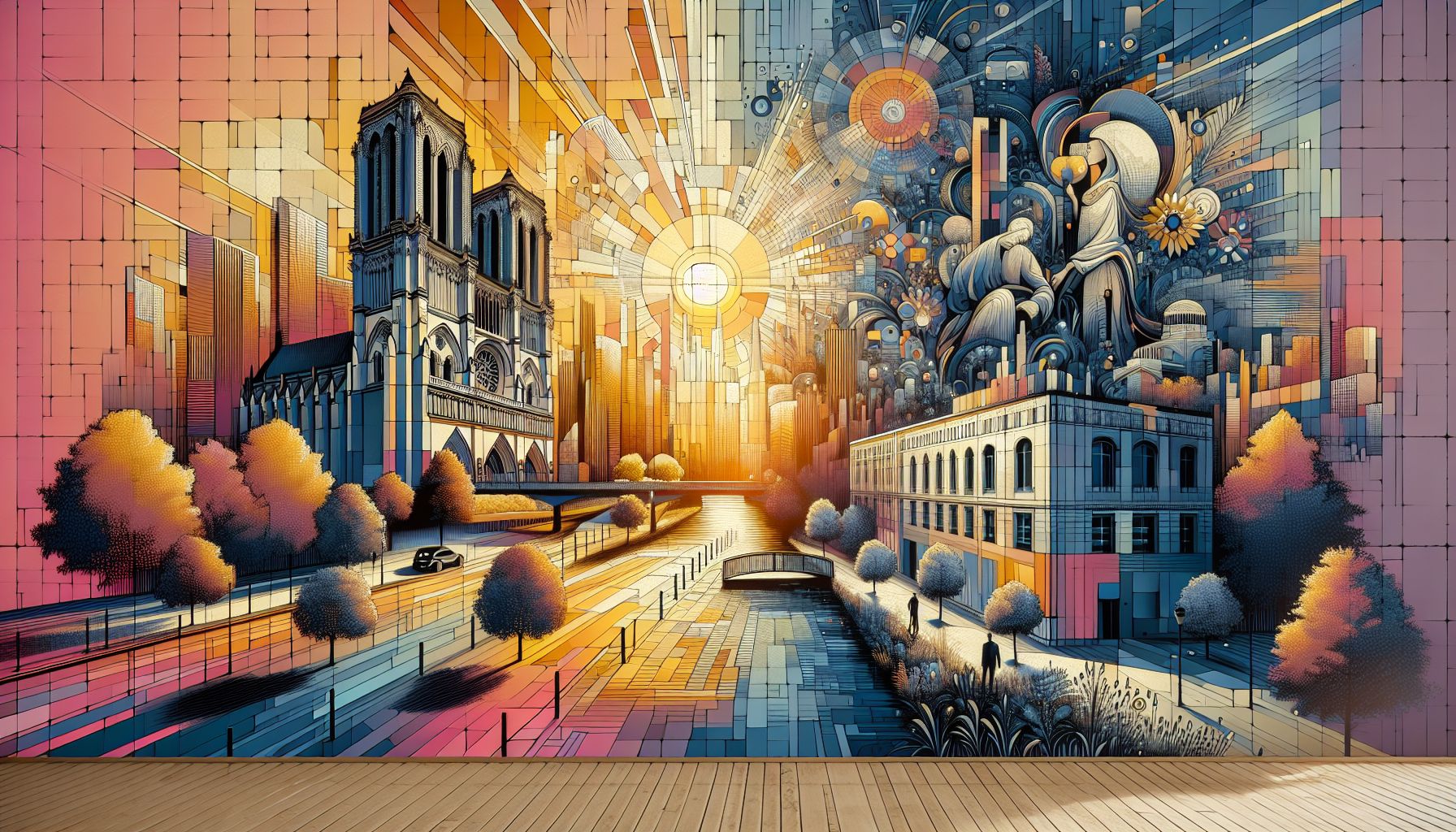Innovative app enhances city navigation for the visually impaired with 3D sound and AR

A French startup introduces a breakthrough navigation app using 3D sound and AR technology to guide visually impaired individuals with unprecedented precision.
Precision in Wayfinding
The Paris-based startup, SonarVision, is at the forefront of this technological innovation, developing an app crafted to enhance the independence of visually impaired people. The application employs augmented reality (AR) and spatial ‘3D sound’ to enable more intuitive navigation than traditional GPS-based apps like Google Maps. SonarVision’s solution aims to address the common issue of imprecision in urban GPS services, which can vary from 4 to over 10 meters, especially problematic in busy city environments where every meter counts for those who cannot rely on visual cues.
How SonarVision Operates
SonarVision’s app uses the phone’s camera to scan buildings, which, combined with AR technology, allows for 20 centimeters to one meter precision in geo-tracking. This technology is much needed for the visually impaired, who may find themselves not just on the wrong path, but on the opposite side of the street from their intended destination. The app provides auditory guidance through a headset, with the future potential for integration with AR glasses, enriching the user experience with hands-free operation and a seamless ‘seeing’ component.
Challenges in Urban Mobility
Visually impaired individuals face a multitude of challenges when navigating cityscapes. Common obstacles include poles, walls, and cars, which not only pose physical dangers but also a significant loss of confidence and independence. While white canes and guide dogs are helpful, they cannot always compensate for the lack of accessible built environments or provide the exact location of bus stops and entrances. With SonarVision’s tech, users receive more than just alerts about obstacles; they get precise navigational directions that significantly reduce the risk of injuries and improve urban mobility.
Synergizing with the Current Tools
It’s crucial to note that SonarVision’s app is designed to complement, not replace, existing navigational aids like white canes and guide dogs. The app offers an additional layer of guidance, providing users with detailed auditory cues that align with the physical sensations and feedback from their primary mobility tools. This innovative technology not only boosts the users’ confidence in navigating unfamiliar areas but also grants them a higher level of independence in their daily lives.
The Future of Navigation Aids
The startup’s vision extends beyond their current app capabilities. Although LiDAR technology, which can detect obstacles at various levels, shows promise for aiding the visually impaired, SonarVision has not yet integrated it due to the associated high costs of smartphones that support this technology. The focus remains on creating an accurate and affordable wayfinding system. Additionally, the involvement of CentraleSupelec’s 21st incubator and the selection of SonarVision to be part of Station F in Paris underscores the societal and environmental commitment that drives the development of such innovations.

